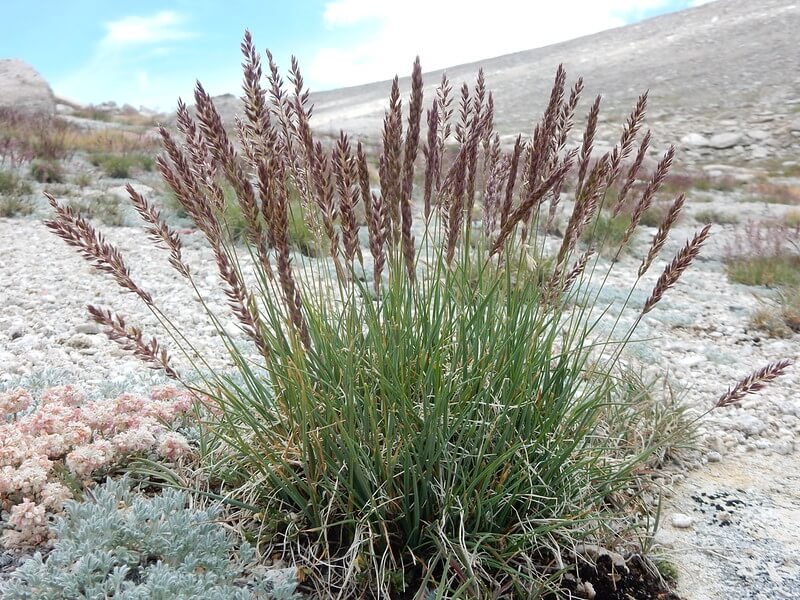Hairy Panic Grass (Panicum acuminatum)
Hairy Panic Grass is a short grass that is a host to 22 species of butterflies and moths in our area (nwf.org), including the endangered Ottoe Skipper (Hesperia ottoe) (mnfi.anr.msu.edu/). The seeds of panic grasses are an important source of food for many birds (illinoiswildflowers.info/). Hairy Panic Grass has a tendency to die when in competition with taller ground vegetation. The root system is fibrous, but the grass will spread by reseeding itself.
Photo credit: Jim Morefield
Hairy Panic Grass is a short grass that is a host to 22 species of butterflies and moths in our area (nwf.org), including the endangered Ottoe Skipper (Hesperia ottoe) (mnfi.anr.msu.edu/). The seeds of panic grasses are an important source of food for many birds (illinoiswildflowers.info/). Hairy Panic Grass has a tendency to die when in competition with taller ground vegetation. The root system is fibrous, but the grass will spread by reseeding itself.
Photo credit: Jim Morefield
Hairy Panic Grass is a short grass that is a host to 22 species of butterflies and moths in our area (nwf.org), including the endangered Ottoe Skipper (Hesperia ottoe) (mnfi.anr.msu.edu/). The seeds of panic grasses are an important source of food for many birds (illinoiswildflowers.info/). Hairy Panic Grass has a tendency to die when in competition with taller ground vegetation. The root system is fibrous, but the grass will spread by reseeding itself.
Photo credit: Jim Morefield
Life Cycle: Perennial
Sun Exposure: Full, Light Shade
Soil Moisture: Medium, Medium-dry, Dry
Height: 2 feet
Plant Spacing:
Bloom Time: July-September
Bloom Color:
Advantages: Caterpillar Favorite, Bird Favorite
Host: 22 species of butterflies and moths use this as a caterpillar host plant in our area (nwf.org)
Beneficial Endangered or Threatened Species: Ottoe Skipper (Hesperia ottoe) (mnfi.anr.msu.edu/)






